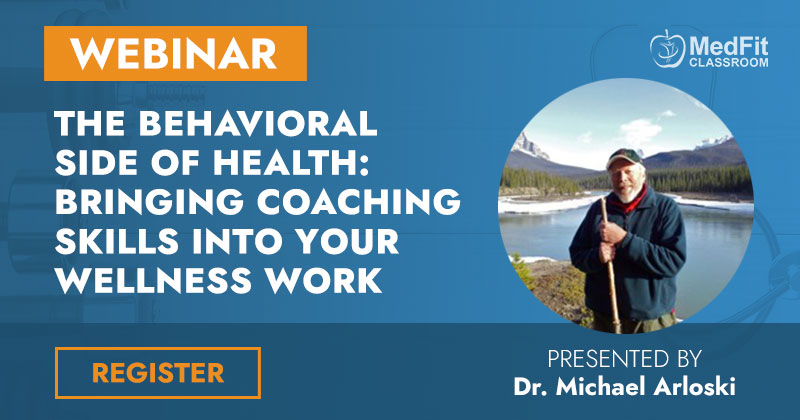10 Keys to Planning for Your Health and Fitness Needs
Being proactive beats reacting every time. With our nation’s level of fitness deteriorating with each passing year, I thought it important to highlight these 10 keys. I am evaluating what it is that I may want to change in my own world and by sharing these thoughts with you hopefully move you to such a review as well.
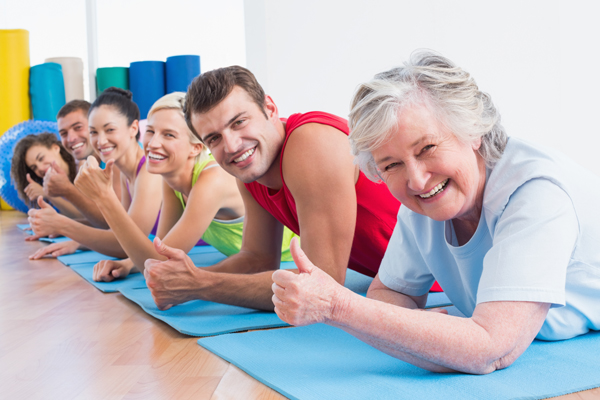
1. Get a physical
As a nation we are not being proactive when it comes to our health and as a result we are over medicating ourselves and creating other significant health related problems as a result. Being on drugs is not an effective way to maintain our health – making healthy choices instead is a far better strategy for preventing illness and disease in the long run.
2. Get “real”
Being “real” with yourself starts with an honest evaluation of where you ARE in your physical and mental – and emotional life. Dumping old behaviors – and attitudes – that are no longer serving you is a place to start. Another step we can take is to get moving – doing whatever you can to positively move in the direction of what I call “your highest good”. We all have something we are here to do in life so get going and don’t waste a single day. Writing these articles is part of what I am to do so I am writing them!
3. Get moving
By way of reminder – we are meant to be active beings – not sitting beings. Find out what it is you enjoy doing and get moving. Your body will thank you every day you do this. I know how I feel after I run and lift weights and it is in one word — happy.
4. Get a handle on your stress
We are all stressed at some point during our day so why don’t we start working on strategies for dealing with the stresses – and stressors – in our lives BEFORE they happen. Being proactive in stress management means knowing we are going to have to deal with stress in our lives so why don’t we practice before the event or stress occurs? I have passed on some of my strategies in prior articles: Meditation, prayer, visualization work, focused breathing, running, quiet reflection, etc. These and other techniques are readily available and can be learned through classes and other forums.
5. Get excited
Getting excited about life fuels our imagination and creativity. The more I think about my potential to make a difference in the world the more excited I become about each day of my life. The same experience can happen to you if you are open and receptive to what your subconscious is trying to tell you. The world of technology is taking away our ability to “go into the silence” and discover what life has in store for us. The “noise” we face every day is keeping us from hearing anything that could be of help to us in planning for it is we may want to do – and accomplish. Take a moment and ask yourself “am I living up to my full potential and if not what can I do about it?”
6. Get clear on your purpose
Purpose driven people are happy people and they are self-actualized – meaning they don’t need someone to tell them what to do, think, feel, say, or do. They approach life from a position of “real power” and at the same time are able to acknowledge the uniqueness of each one of us. I got an email today from a reader telling me I would go to hell if I didn’t believe what he did and my response is – “it’s a free country and we get to live our lives the way we choose”. I am empowered and energized by this thought. I am free – as are you – to live a purpose driven life or stay on the path you are on. We are ALWAYS “at choice” so CHOOSE YOURSELF TODAY!
7. Get close to “real” people
This key is important in today’s world. “Friends” are NOT on the internet – they are in our REAL lives. Be aware that we need each other. Make it a point to be kind to others – smile, acknowledge them when you can, call people by their names and look them in the eyes when you speak to them. People are what make life worth living – not the cyber world of “fake” experiences and relationships.
8. Get close to your family
My daughter is going through a difficult time in her life right now. She is facing challenges that are most uncommon and have her living “on edge” every day. She has a 7 year old son who needs her and a career in business to re-establish and beyond. I spoke with her last night and told her “I am here for you – whatever you need”. As a father I sometimes feel helpless because she is a grown woman but she is still my daughter and I love her. It is my job now to just be her father and love her – tough as that may be for me. Take this step in your own life in the coming year and see what happens – you might surprise yourself at how your family responds to you.
9. Get serious about your own health and fitness
Time has a way of marching on and to the degree that you acknowledge the passage of time you begin to appreciate what you have been given – and have in life. I am grateful everyday for my passion for training and running because I know it can be taken from me at any time. I live in the present when I am running or lifting weights and it is a practice I hope to continue until the end. I am serious about my fitness program because it gives me the energy and strength to do my work – teaching, speaking and writing on matters of healthy aging, fitness and exercise. Are your energy levels low? Get moving!
10. Get to know yourself
This is perhaps the best thing we could do to prepare for the year ahead. Get to know yourself and start appreciating the magnificence that is you. Getting to know your self is a lifelong pursuit. The journey never ends. I have learned during the course of my 66 years that I DID NOT appreciate myself at all – I had to learn the hard way through difficult and painful experiences that until I could love myself – and appreciate what it is I am here to do – that no one would ever appreciate – or love – me either. I spend time (each day) thinking about my life – and my contribution to life itself – and ask myself “is there more that I can learn or do today?” You should do this too – it will help immeasurably improve the quality of your life now and in the years ahead.
Final Thoughts
Why not take the time between now and the end of the year to see what you might want to work on in the year ahead and see how you can live more fully and completely. Can you make a more expansive contribution to your own life and the lives of others as well? Of course you can! Isn’t this what the fitness lifestyle enables us to do in the first place? So get moving, be willing, be open, and appreciate who you ARE right now because you have only scratched the surface of your potential!
Reprinted with permission from Nicholas Prukop.
Nicholas Prukop is an ACE Certified Personal Trainer & a Health Coach and fitness professional with over 25 years of experience. His passion for health and fitness comes from his boyhood in Hawaii, where he grew up a swimmer on Maui. He found his calling in writing his first book “Healthy Aging & You: Your Journey to Becoming Happy, Healthy & Fit” and since then he has dedicated himself to empowering, inspiring and enabling people of all ages to reach for the best that is within them and become who they are meant to be – happy, healthy and fit – and be a part of a world where each person can contribute their own unique gifts to life.
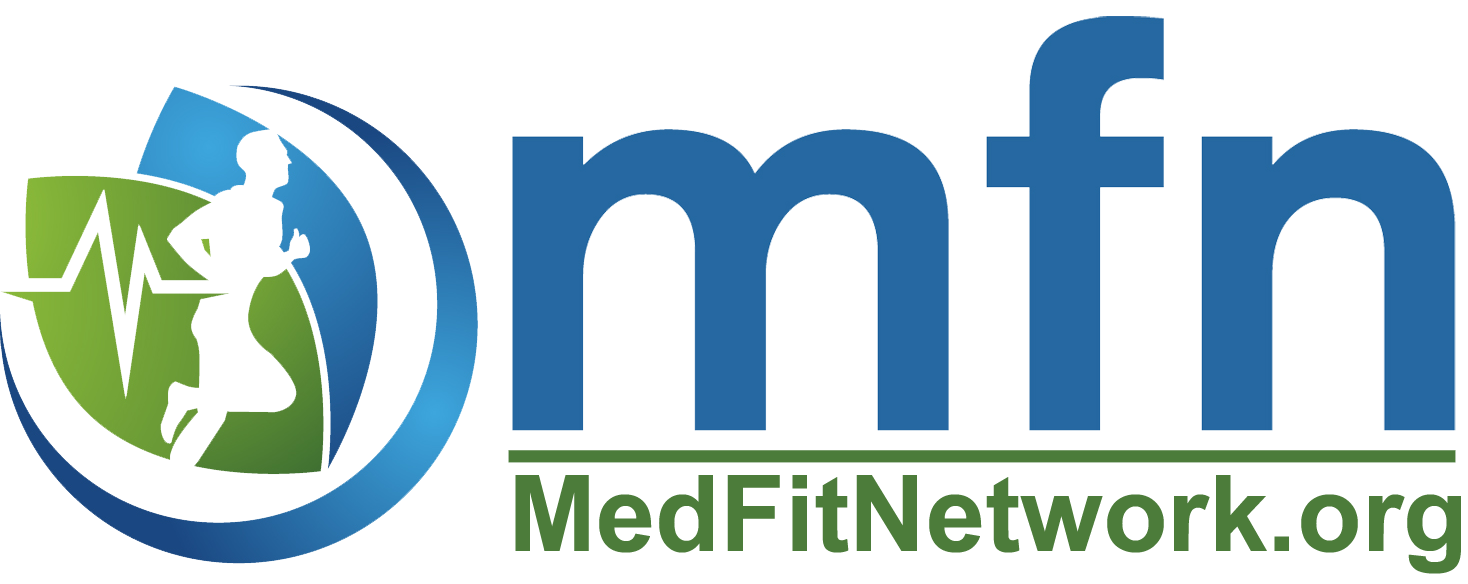




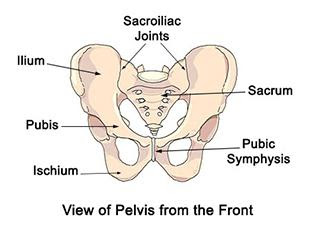
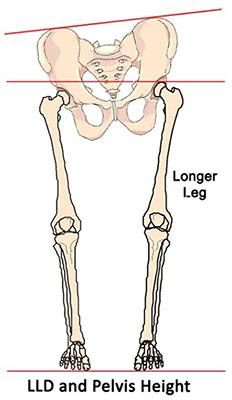
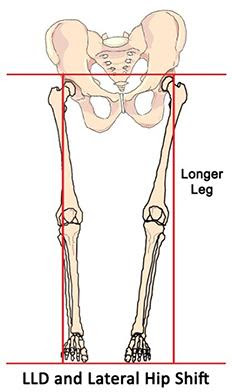
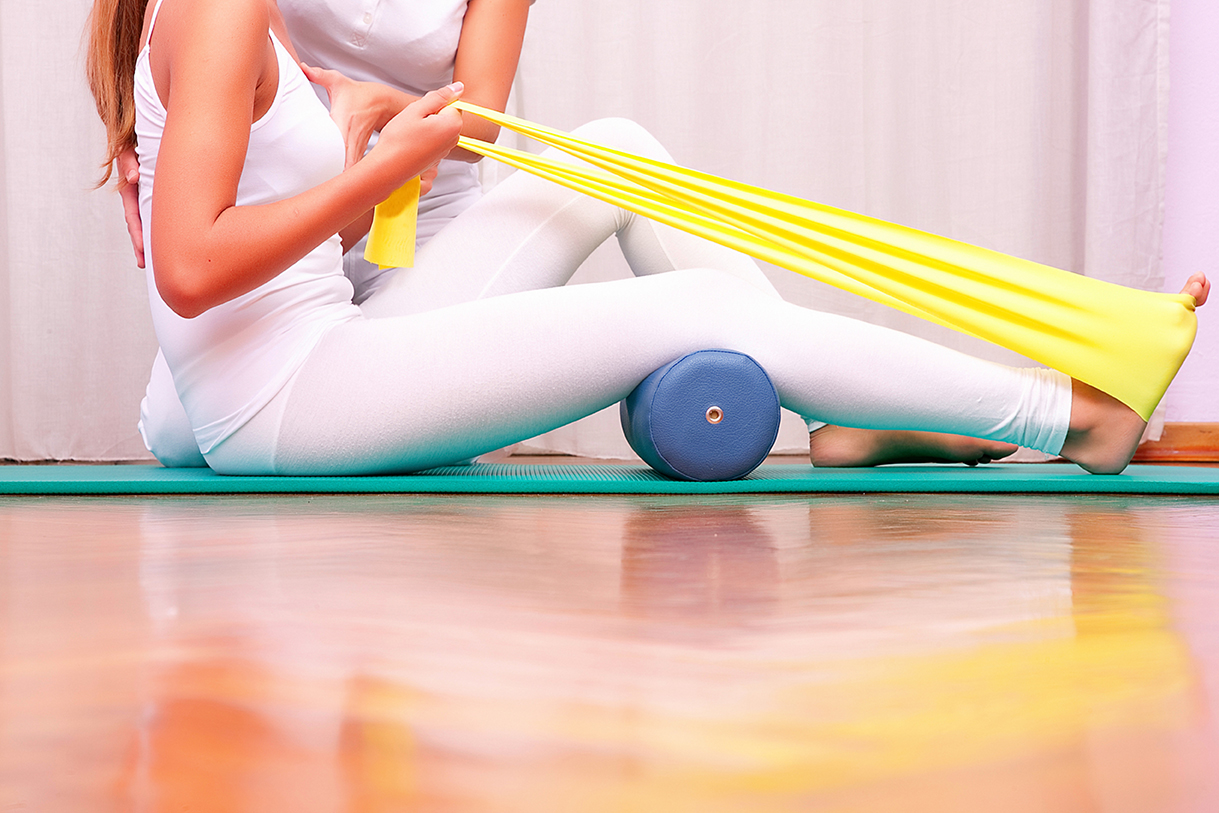

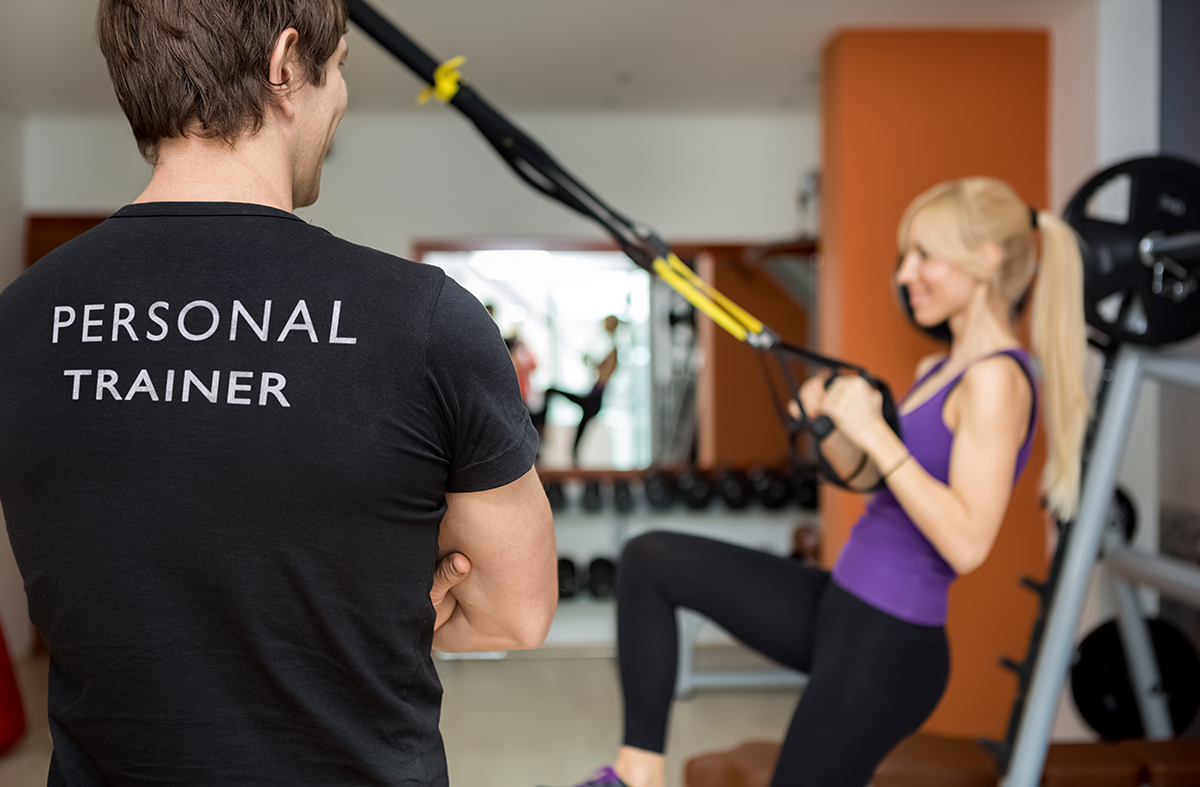
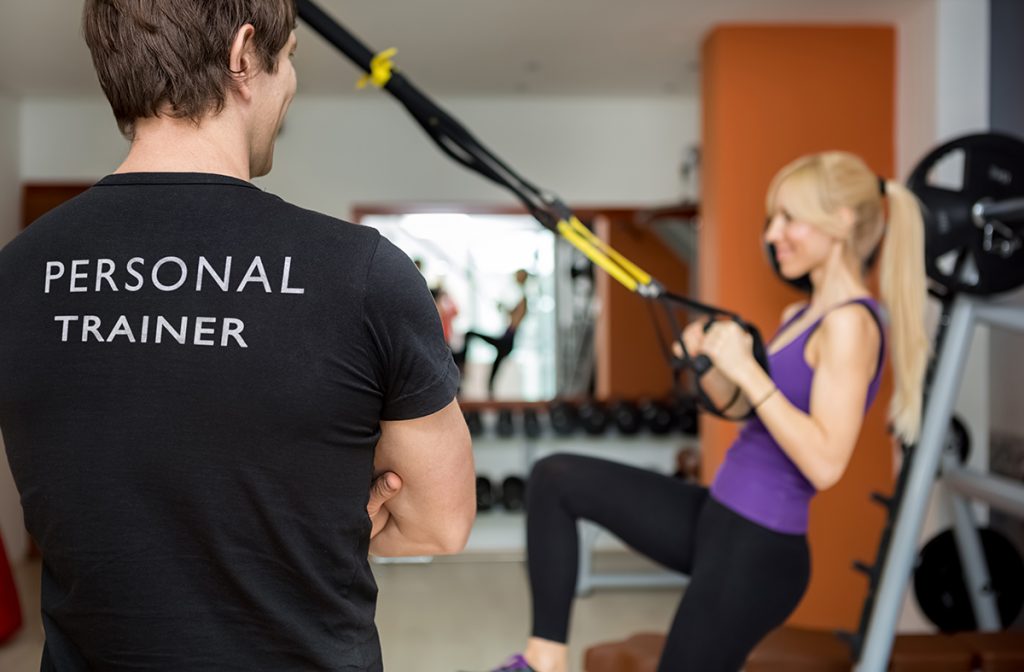
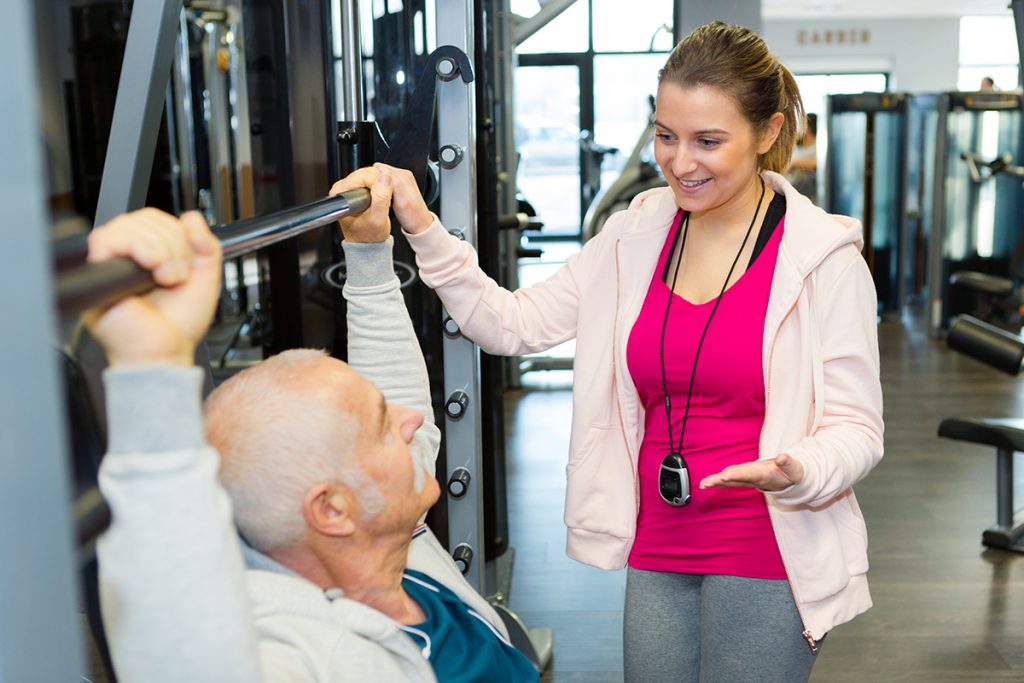

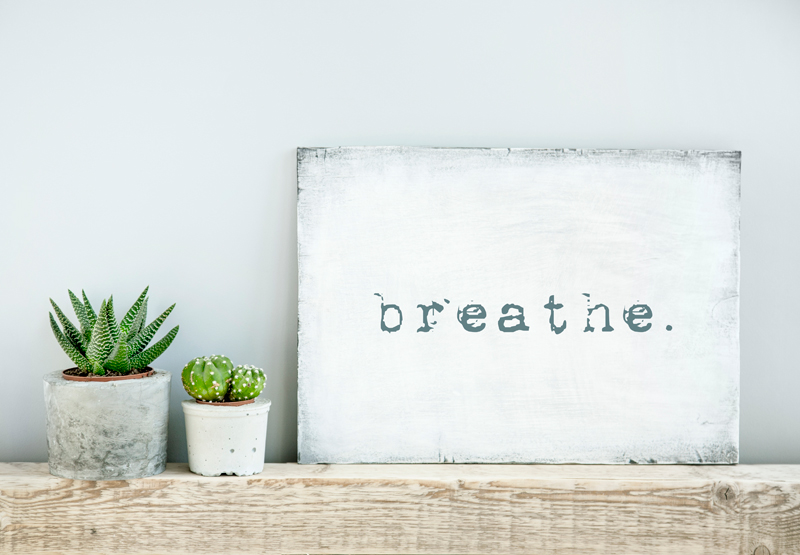


 To guide coaches, the National Board for Health and Wellness Coaches (NBHWC) has developed a Scope of Practice Statement. Here is the part most relevant to our question:
To guide coaches, the National Board for Health and Wellness Coaches (NBHWC) has developed a Scope of Practice Statement. Here is the part most relevant to our question: